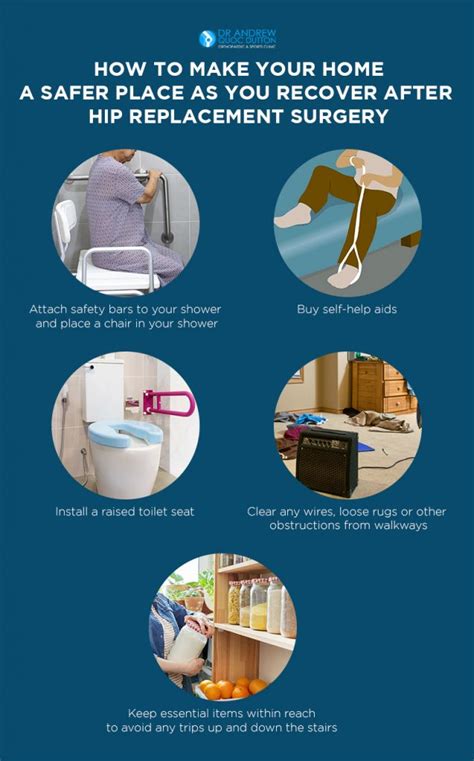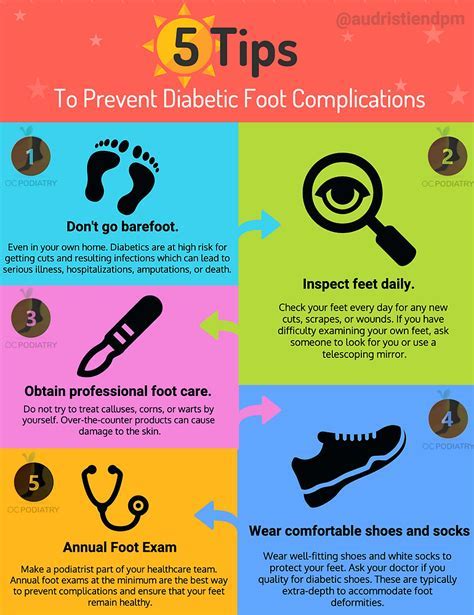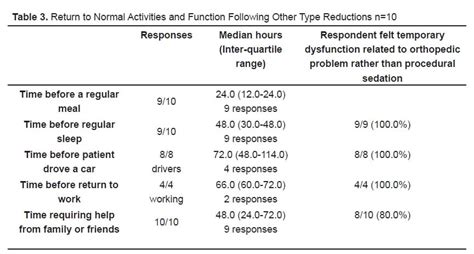Intro
Boost hip health with 5 tips for hip recovery, including exercises, stretches, and physical therapy to alleviate hip pain, improve mobility, and enhance overall hip function and rehabilitation.
Hip replacement surgery is a significant medical procedure that can greatly improve the quality of life for individuals suffering from severe hip pain or mobility issues. However, the recovery process is just as crucial as the surgery itself, as it directly impacts the overall outcome and the patient's ability to regain full mobility and strength in the hip. Recovering from hip replacement surgery requires patience, dedication, and a thorough understanding of the best practices to ensure a smooth and successful healing process.
The importance of proper recovery techniques cannot be overstated. A well-planned and executed recovery strategy can help minimize the risk of complications, reduce pain and discomfort, and facilitate a faster return to normal activities. Moreover, understanding the recovery process can help alleviate anxiety and uncertainty, allowing patients to feel more in control of their healing journey. Whether you're undergoing a traditional hip replacement or a more modern minimally invasive procedure, the principles of recovery remain largely the same, focusing on careful movement, strengthening exercises, and adherence to post-operative instructions.
As patients navigate the recovery process, they will encounter various challenges, from managing pain and preventing infection to regaining mobility and strength. It's essential to approach these challenges with a comprehensive plan that incorporates medical advice, physical therapy, and lifestyle adjustments. By doing so, individuals can optimize their recovery, minimize potential setbacks, and look forward to enjoying improved hip function and a better quality of life. The journey to full recovery is not just about the medical aspects but also about the psychological and emotional well-being of the patient, highlighting the need for a holistic approach to hip recovery.
Understanding the Recovery Process

Phases of Recovery
The initial phase, which lasts from a few days to a couple of weeks, involves close monitoring by healthcare professionals and adherence to a strict regimen of rest, medication, and basic exercises to maintain flexibility. The intermediate phase, spanning several weeks, introduces more intensive physical therapy to enhance strength and mobility. Finally, the long-term phase focuses on the gradual return to normal activities, with an emphasis on maintaining hip health through regular exercise and lifestyle choices.5 Tips for Successful Hip Recovery

-
Follow Post-Operative Instructions: Adhering to the specific instructions provided by your healthcare team is crucial. This includes medication schedules, wound care, and physical therapy exercises. These guidelines are tailored to your individual needs and play a significant role in preventing complications and ensuring a smooth recovery.
-
Maintain a Healthy Diet: Nutrition is vital for the healing process. A balanced diet rich in vitamins, minerals, and proteins can help promote bone health, reduce inflammation, and support overall recovery. Foods high in calcium and vitamin D, such as dairy products and leafy greens, are particularly beneficial for bone healing.
-
Stay Hydrated: Adequate hydration is essential for the body's healing processes, including the repair of tissues and the prevention of constipation, which can be a side effect of pain medication. Drinking plenty of water also helps in reducing the risk of blood clots.
-
Engage in Recommended Exercises: Gentle exercises and physical therapy are critical components of hip recovery. These activities help in regaining strength and mobility, improving range of motion, and reducing stiffness. It's essential to follow the exercise plan recommended by your healthcare provider, as overexertion can lead to setbacks.
-
Attend Follow-Up Appointments: Regular follow-up appointments with your healthcare provider are vital for monitoring the recovery progress, addressing any concerns or complications, and adjusting the treatment plan as necessary. These appointments also provide an opportunity to learn about progressing exercises and activities safely.
Managing Pain and Discomfort

Strategies for Pain Relief
- **Medication**: Follow the prescribed medication regimen for pain relief. This may include a combination of over-the-counter and prescription medications. - **Cold Therapy**: Applying ice to the affected area can help reduce pain and inflammation. - **Rest**: Adequate rest is essential for the healing process and can help in reducing pain. - **Gentle Exercise**: Gentle exercises, as recommended by your healthcare provider, can help in improving mobility and reducing stiffness.Preventing Complications

Measures to Prevent Infection
- **Keep the wound clean and dry**. - **Attend follow-up appointments** to monitor the healing progress. - **Report any signs of infection**, such as increased redness, swelling, or fever, to your healthcare provider immediately.Returning to Normal Activities

Guidelines for Resuming Activities
- **Consult with your healthcare provider** before resuming any activity, especially those that involve heavy lifting, bending, or impact. - **Start with low-impact activities**, such as walking or swimming, and gradually progress to more strenuous activities. - **Listen to your body** and rest when needed. Pushing too hard can lead to setbacks in the recovery process.Mental and Emotional Well-being

Support Systems
- **Family and Friends**: Having a strong support system can provide emotional support and practical help during the recovery period. - **Support Groups**: Joining a support group can connect you with others who are going through similar experiences, providing a sense of community and understanding. - **Professional Help**: Don't hesitate to seek professional help if you're struggling with your mental or emotional well-being.What are the most common complications of hip replacement surgery?
+Infection, blood clots, and dislocation of the hip are among the potential complications of hip replacement surgery. However, with proper care and adherence to post-operative instructions, the risk of these complications can be significantly reduced.
How long does it take to fully recover from hip replacement surgery?
+The full recovery from hip replacement surgery can vary significantly from person to person but generally takes several months. The initial recovery phase, where significant improvements are seen, typically lasts a few weeks to a couple of months, but regaining full strength and mobility can take up to six months or more.
What are some signs of infection after hip replacement surgery?
+Signs of infection can include increased redness, swelling, or pain around the surgical site, fever, or discharge. If you notice any of these symptoms, it's crucial to contact your healthcare provider immediately.
As you navigate the journey of hip recovery, remember that every step forward, no matter how small, is a step towards regaining your independence and improving your quality of life. By following the tips outlined, staying informed, and maintaining a positive and proactive approach, you can optimize your recovery and look forward to a future with less pain and more mobility. Don't hesitate to reach out to your healthcare team with any questions or concerns, and consider sharing your experiences with others who may be facing similar challenges. Together, with the right mindset and support, you can overcome the hurdles of hip recovery and emerge stronger and more resilient than ever.
